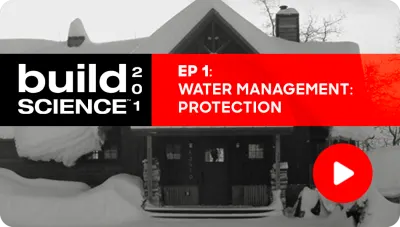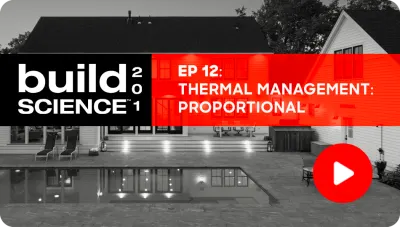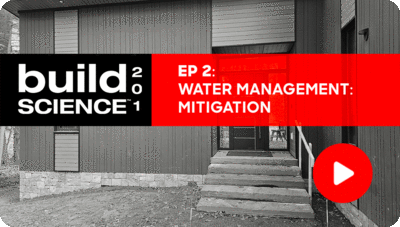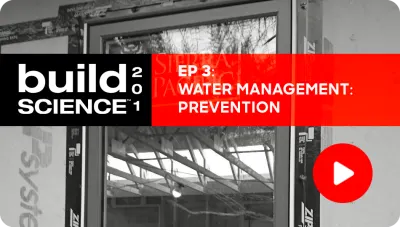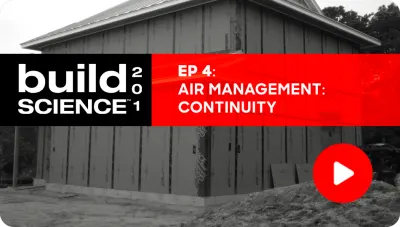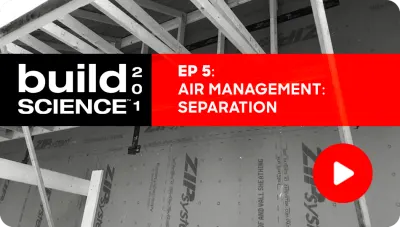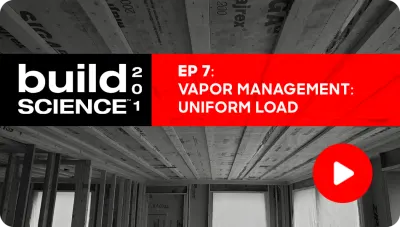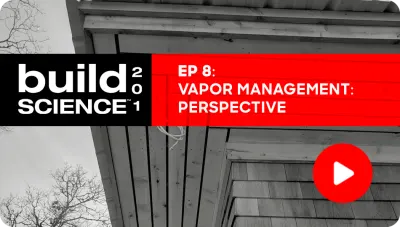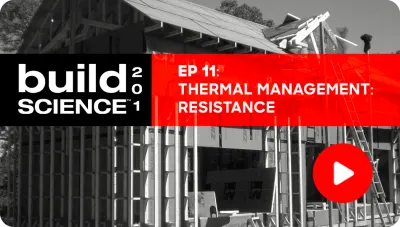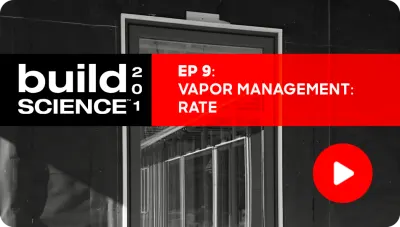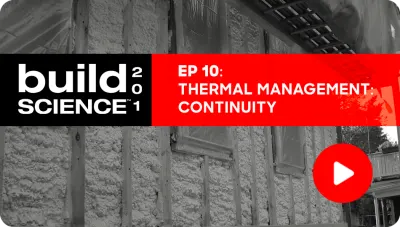Build Science™ 201
Ep. 6 - Air Management: Escalation
The discussion around air management concludes, emphasizing the importance of effective air sealing to prevent moisture-related issues and maintain building integrity, especially in colder climates. Matt and Steve emphasize the significance of implementing proper air barriers, whether located externally or internally, and advocate for a meticulous approach when creating penetrations for electrical and plumbing systems, promoting the "one hole, one wire" principle for better sealing outcomes.
Matt and Steve highlight various sealing techniques and materials, including fluid-applied sealants and neoprene acoustical sealers, to effectively prevent air and moisture leaks. Practical strategies for sealing around challenging areas, such as band joists and garage walls, are shared, underscoring the need for careful planning and execution during construction to enhance overall airtightness.
Additionally, both Matt and Steve stress the importance of training subcontractors in best practices and the value of conducting blower door tests to gauge air tightness. They encourage builders to continuously refine their practices for improved performance and advocate for proactive measures in air sealing to combat moisture issues and insect intrusion. By implementing these strategies, builders can create healthier, more efficient living environments, ultimately enhancing the quality and longevity of their constructions.
You’ve reached the end of the Air Management section of Build Science™ 201, make sure to log in or sign up to complete the Unit Quiz.
After completing the quiz, continue to the Vapor Management section of Build Science™ 201.
Episodes
Ep. 11 - Thermal Management: Resistance
Episode 11
Matt and Steve highlight insulation's role in heat resistance, discussing R-values, U-factors, thermal bridging, and continuous insulation. They also emphasize climate-specific techniques, shading devices, and window specifications for energy efficiency.
Ep. 12 - Thermal Management: Proportional
Episode 12
Build Science™ 201 emphasizes proportional thermal control, highlighting balanced insulation for sub-slabs, walls, and windows. Builders should prioritize water/air control layers, exceed minimum attic insulation, and enhance energy efficiency. Build Science™ 201 emphasizes proportional thermal control, highlighting balanced insulation for sub-slabs, walls, and windows. Builders should prioritize water/air control layers, exceed minimum attic insulation, and enhance energy efficiency.

 Share on facebook
Share on facebook Tweet
Tweet Email
Email Share on Linkedin
Share on Linkedin
